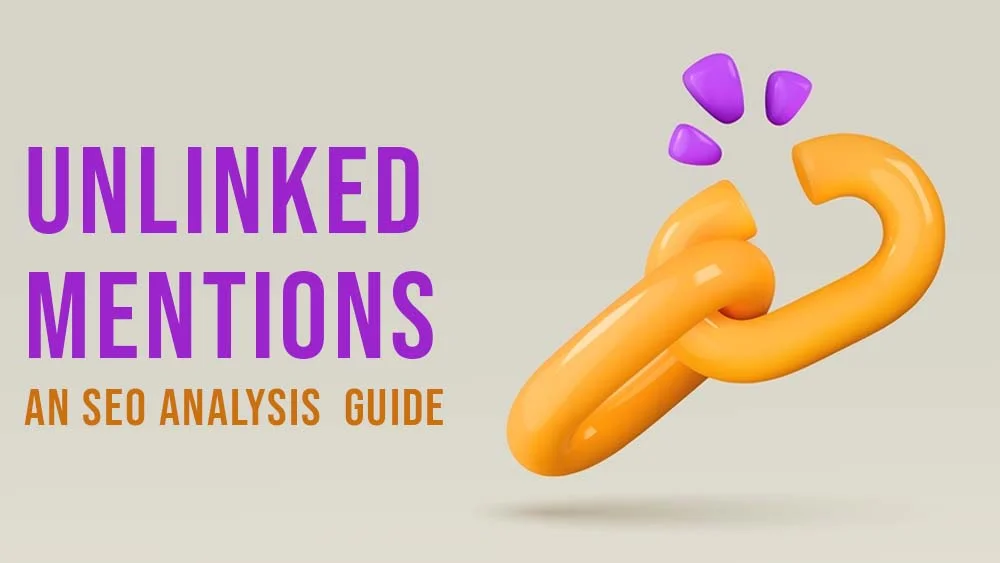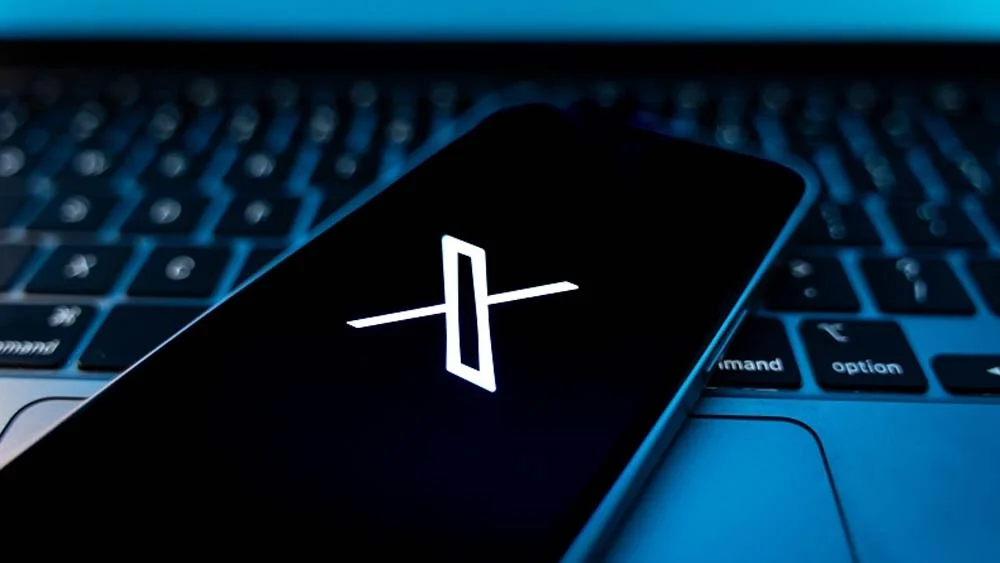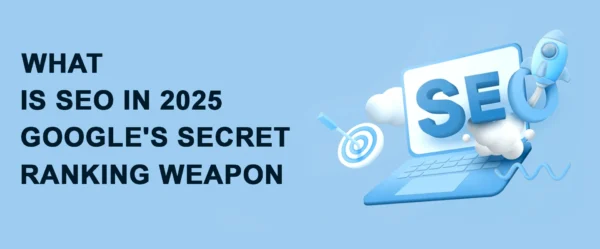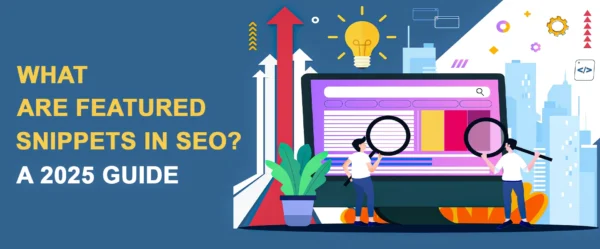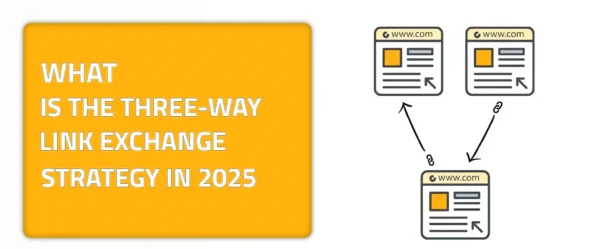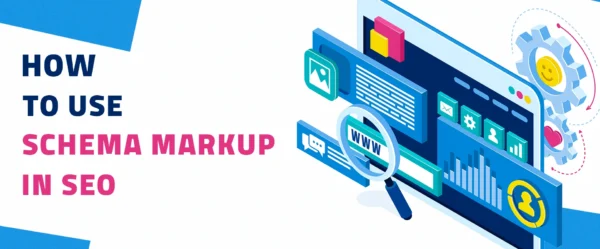Ever heard Evanescence’s whispers? I know how random this line may sound like to you as an SEO-related guide introduction. However, unlinked mentions are like whispers in a crowded room. They’re references to something or someone that don’t come with a direct hyperlink. In simpler terms, it’s when a website mentions another website, person, or topic without providing a clickable link to learn more. While they might seem harmless, unlinked mentions actually hold significant weight in the online world.
They contribute to a web of connections that search engines like Google use to determine the authority and relevance of a website. When multiple sites mention the same thing, it signals to search engines that it’s important, which can boost its ranking in search results. So, whether it’s a casual shout-out in a blog post or a mention in a news article, unlinked mentions play a subtle yet powerful role in shaping our digital landscape. In this guide, we will cover all there is to understand and learn about unlinked mentions and how they can be a bit harmful for your website.
What Are Unlinked Mentions? A Quick Overview
Let me give you a quick overview about unlinked mentions and what they are in a little more detailed way. Unlinked mentions are simply references. These references are made to a person, entity, or topic within online content. That is, without providing a direct hyperlink. Think of it as name-dropping without attaching a business card. That would be weird or, as I would like to call it, incomplete. Unlinked mentions may seem like casual nods; however, they are integral components of online visibility and credibility. In other words, they serve as the markers that point to a digital gold mine. Ones that highlight them and in a phosphoric color as well.
Here’s an example for you to understand: Imagine you stumble upon a blog discussing the latest tech gadgets, and the author mentions a revolutionary smartphone brand but forgets to link to its website. Despite the absence of a clickable connection, this mention still adds value by increasing awareness and potentially sparking curiosity in readers. Plus, it leaves a digital footprint that search engines like Google can follow, contributing to the brand’s online authority and visibility.
So, whether you’re dropping names in a casual chat or crafting content for the web, remember the power of unlinked mentions—they’re like little Easter eggs waiting for people to discover them and reveal the value they add to your website’s visibility and exposure rate.
What is The Importance of Unlinked Mentions?
Unlinked mentions may seem unremarkable, but they wield significant influence in the digital realm. You should know that you should always avoid them. That is because avoiding them is crucial for maximizing online visibility and credibility. By implementing or including direct hyperlinks when mentioning other entities, individuals, or topics, you enhance the user experience. This process facilitates seamless navigation. Additionally, it fosters trust among your target audience.
Moreover, linked mentions contribute to a rapid network of connections that search engines like Google use. they use them to gauge the relevance and authority of web content. This, in turn, can positively impact your website’s ranking in search results, increasing organic traffic and potential conversions. Identifying unlinked mentions involves meticulous content auditing. this is another step where you comb through your website and external references to pinpoint instances. Ones where hyperlinks could enhance the user journey. Embracing linked mentions not only elevates the quality of your content but also strengthens your digital impression. Moreover, it positions you as a reputable source in your niche.
Top Tactics That Can Help You Identify Unlinked Mentions Within Your Website
There are several ways that you can use and implement in order to identify unlinked mentions. Let me tell you some of them in order to help you understand how to pull your magnifying glass and start working. In the current digital ecosystem, it is best to steer clear of references that are not linked to. Make use of the following strategies to strengthen your digital or online presence on the internet.
Use Content Explorer To Find and Identify Them
Content Explorer is your secret weapon for uncovering unlinked mentions and supercharging your online presence. With this powerful tool, you can embark on a scavenger hunt, filtering through huge amounts of online content or material to find mentions of your business, products, or industry. You can start this little hunt by entering relevant keywords or phrases into Ahref’s Content Explorer’s search bar and watching as tons of mentions unfold before your eyes.
Scan through the results and keep an eye out for instances where your brand is mentioned but lacks a clickable hyperlink. Once you’ve identified and pointed out these unlinked mentions, you will find yourself armed with valuable insights. Reach out to the authors or website owners, kindly requesting that they add a hyperlink to your website for added context and credibility. By using Content Explorer to its full potential, you can turn unlinked mentions into golden chances to boost your online exposure and authority, all while having fun.
Leverage The Power of Google Search to Identify and Find Unlinked Mentions
Using Google Search to find comments that aren’t linked is like going on a digital treasure hunt with a map. One way is to use advanced search operators like “intitle:” or “inurl:” along with specific keywords that are related to your material or brand. This limits the search results to pages that talk about your name or the subject but don’t have a link to them.
Using tools like Google Alerts or Mention to get alerts whenever your brand is mentioned online is another option. This will help you quickly find references that aren’t linked. Additionally, don’t forget to use SEO tools like Ahrefs or SEMrush. That is, because they can show you unlinked mentions through their backlink analysis features. These features show you websites that mention you without giving you a clear link, which can help you avoid all of these hassles.
Utilize The Reverse Engineering Method With an “X” FKA Twitter Profile
Reverse engineering a Twitter profile to uncover unlinked mentions is like detective work in the digital world. Essentially, reverse engineering involves dissecting a process or system to understand its inner workings. When applied to Twitter, it means inspecting a profile’s interactions and engagements. That is for the purpose of uncovering instances where someone mentions the user but forgets all about linking them. You can start by going through the profile’s tweets and replies and filtering them. That is, while paying close attention to mentions of websites, brands, or individuals without accompanying hyperlinks.
Additionally, take a dive deep into retweets and quote tweets. That is, for the purpose of spotting indirect references that could benefit from linking. Analyzing the profile’s followers and those it follows can also reveal potential unlinked mentions. Ones that may have been buried in conversations or retweets. This is your chance to play the efficient role of Sherlock Holmes, piecing together clues to unravel the mystery of unlinked mentions. By reverse engineering a Twitter profile in this manner, you can have a valuable outcome and varied opportunities to enhance content discoverability and strengthen online connections.
Is Link Reclamation The Same as Unlinked Mentions?
Let me answer this question simply. Identifying unlinked mentions can be part of the whole process of link reclamation. However, the percentage here is a relative one. Let me tell you how they’re not exactly the same thing in more detail. Link reclamation and unlinked references are similar concepts, as I mentioned before, but they are not the same.
Finding broken or lost backlinks that point to your website and getting them back is what link recovery is all about. It’s about bringing back links that used to work but don’t anymore because their URLs or content have changed. When your website, business, or content is mentioned on another website or platform without a link back to your site, this is called an “unlinked mention.” Both link reclamation and unlinked mentions involve keeping an eye on what people are saying online, but link reclamation is about fixing broken links that used to work and unlinked mentions are about taking advantage of chances to turn indirect references into active backlinks.
Let me put it in a much simpler way. Link reclamation is all about fixing things that are broken, while unlinked mentions are all about making the most of things that are missing. Both strategies benefit you in the same way. They help your website become more visible, have more authority, and rank higher in search engines. However, they focus on different parts of managing your online presence and footprint.
Wrapping It Up!
Now that you’re here, let me summarize for you what we covered in this thorough topic. Unlinked mentions are a contributing factor to any website weakness that you may experience. It is crucial that you make sure that you know the right tools for identifying them. That is, in order for you to understand that, as harmless as they seem, they are important to find and solve.
They’re exactly like a puzzle with a missing piece. You will eventually need to put the missing piece in place in order to see the full picture successfully. If you wish for a domain that can help you boost your SEO efforts, check out our platform, linkexchange.ai, where all the services we offer will help you understand more about the process of backlinking and other SEO boosters.


